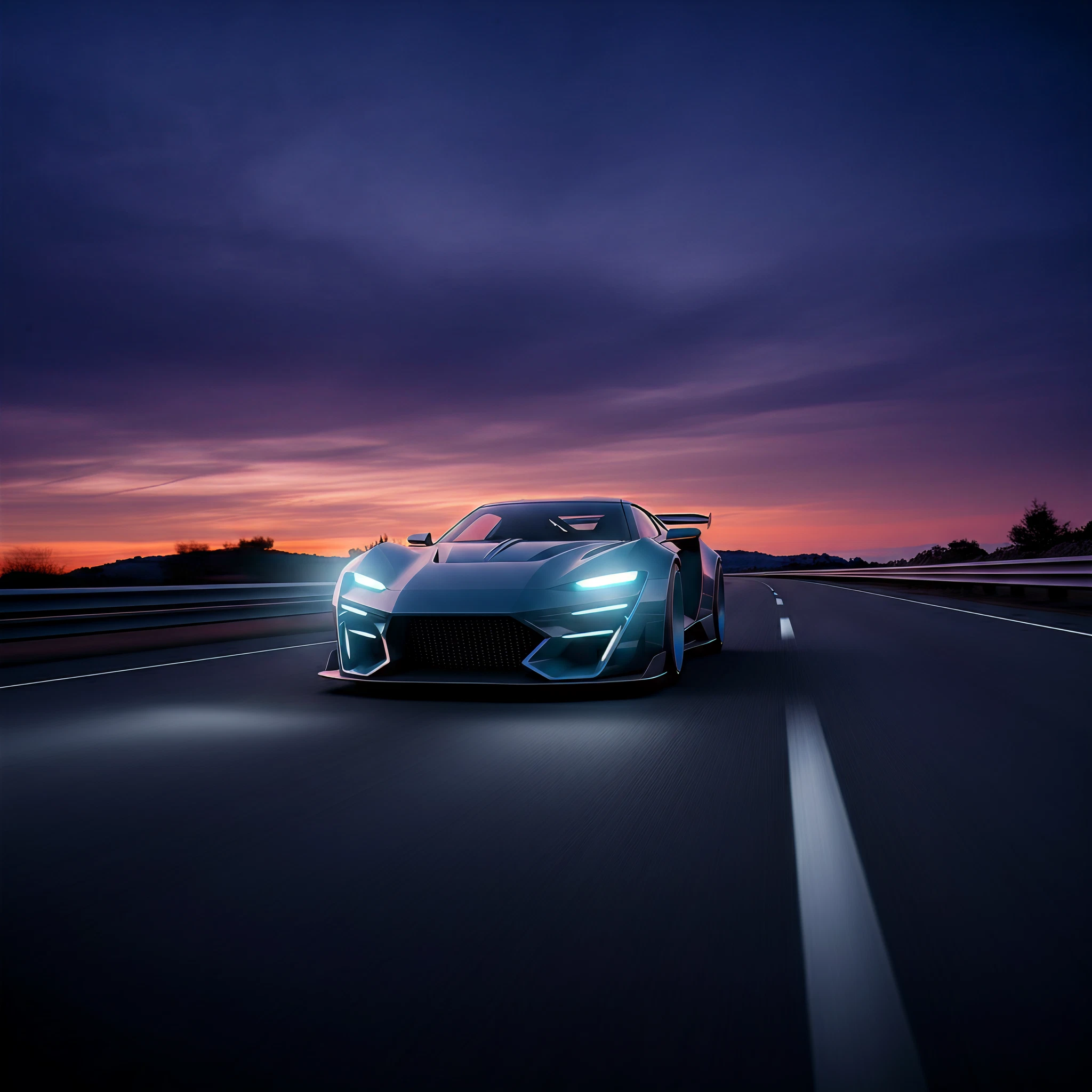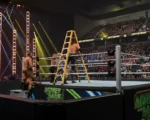For many car enthusiasts, the sound of a supercharger whine is music to their ears. It’s a high-pitched mechanical symphony that screams raw power and performance. But what exactly causes that distinctive sound, and what does it mean for the vehicle? Whether you’re a gearhead, a mechanic, or just someone intrigued by the interplay of technology and engine design, this guide will provide everything you need to know about supercharger whine.
What is Supercharger Whine?
Supercharger whine refers to the high-pitched noise emitted by a supercharger. It’s a byproduct of the supercharger compressing air and forcing it into the engine’s intake manifold, which results in increased power and performance. The sound is caused primarily by the rapid spinning of the supercharger’s internal components, such as gears and rotors, as they compress air.
This iconic whine is most noticeable when accelerating or revving the engine, as the supercharger ramps up to deliver more air to the engine. Think of it as a signature sound of forced induction.
Types of Superchargers and Their Whine
Not all superchargers produce the same level or type of whine. The sound varies depending on the type of supercharger and its design:
- Roots Superchargers
-
-
- Known for their classic and noticeable whine due to their lobed rotors.
- Common in muscle cars like the Dodge Challenger Hellcat.
-
- Twin-Screw Superchargers
-
-
- Produce a quieter and more refined whine compared to Roots superchargers.
- Often found in high-performance sports cars due to their efficiency and smooth power delivery.
-
- Centrifugal Superchargers
-
-
- Typically quieter than Roots or Twin-Screw designs.
- Resemble turbochargers in behavior and are often chosen for a more discreet power boost.
-
Each type of supercharger offers a distinct driving experience, and while some car lovers prefer the loud whine as a badge of power, others appreciate the subtlety of quieter options.
Factors That Affect Supercharger Whine
The pitch, volume, and intensity of the whine depend on several factors, including:
- Rotational Speed
The faster the internal rotors spin, the louder the whine. High RPMs result in a more pronounced sound.
- Pulley Ratio
Changing the pulley size to increase boost pressure can also amplify the supercharger whine.
- Material and Design
The materials and design of gears and rotors impact the acoustics, influencing how loud or refined the whine is.
- Insulation and Placement
Placement of the supercharger within the engine bay and sound-deadening materials also affect whether the whine is loud and clear or muted.
Is Supercharger Whine Normal?
Many enthusiasts wonder if the supercharger whine is a sign of a problem. Here’s the short answer: in most cases, the whine is perfectly normal and is an expected feature of supercharged engines.
However, if the sound suddenly changes in pitch, volume, or becomes accompanied by other symptoms like reduced performance or engine misfiring, it could indicate issues such as:
- Worn bearings or gears
- Improper belt tension
- Oil leaks in the unit
Regular maintenance and inspections will help ensure that your supercharger operates correctly and that any unusual sounds are promptly addressed.
Vehicles Known for Their Supercharger Whine
Several vehicles are famous among enthusiasts for the distinct supercharger whine they produce. Here are a few icons:
- Dodge Challenger SRT Hellcat
With a 6.2-liter HEMI V8 and a supercharger, the Hellcat delivers both earth-shaking power and a whine that can be heard blocks away.
- Ford Mustang Shelby GT500
One of the most powerful Mustangs ever made, it’s equally known for its growling engine and high-pitched supercharger sound.
- Toyota Tundra TRD Supercharged
Although a truck, its added supercharger provides surprising performance and a noticeable whine.
- Jaguar F-Type SVR
The whine adds an extra layer of exhilaration to an already impressive sports car.
Aftermarket Modifications and Their Impact on Whine
For those who crave an even louder or more distinct whine, aftermarket modifications can enhance the sound. Some ways to achieve this include:
- Changing Pulley Systems
A smaller pulley increases boost, leading to a louder whine.
- Upgraded Supercharger Belts
Strengthened belts may reduce slippage, contributing to a cleaner, sharper sound.
- Open-Air Intakes
Removing restrictive intake tubes can amplify airflow noise, making the whine more audible.
While these modifications can enhance the supercharger sound, always ensure they are installed properly and won’t negatively impact your vehicle’s performance or reliability.
The History and Evolution of Supercharger Whine in Automotive Culture
Supercharger whine has long been a part of car culture, becoming synonymous with performance vehicles and muscle cars.
- 1930s
Superchargers began appearing in racing vehicles, where their distinctive sound signaled cutting-edge performance.
- 1960s and 70s Muscle Cars
The era’s love for drag racing and high-powered streetcars brought louder, more aggressive supercharger whines into the spotlight.
- Modern Era
Today, automakers blend power with refinement. Vehicles can still produce thrilling whines, but sound engineers have fine-tuned many models for a more polished experience.
Wrapping it Up
Supercharger whine is much more than just noise; it’s a symbol of performance, power, and a nod to the engineering marvels under the hood. Whether you’re listening to the growling whine of a Hellcat or tuning up your own supercharged beast, it’s a sound that car enthusiasts hold close to their hearts.
For those looking to explore further into car modifications or simply keep their ride in top shape, understanding all aspects of superchargers, including their sound, is key to experiencing the full thrill of a high-performance engine.
What’s your favorite supercharger whine? Share it with us in the comments below!








